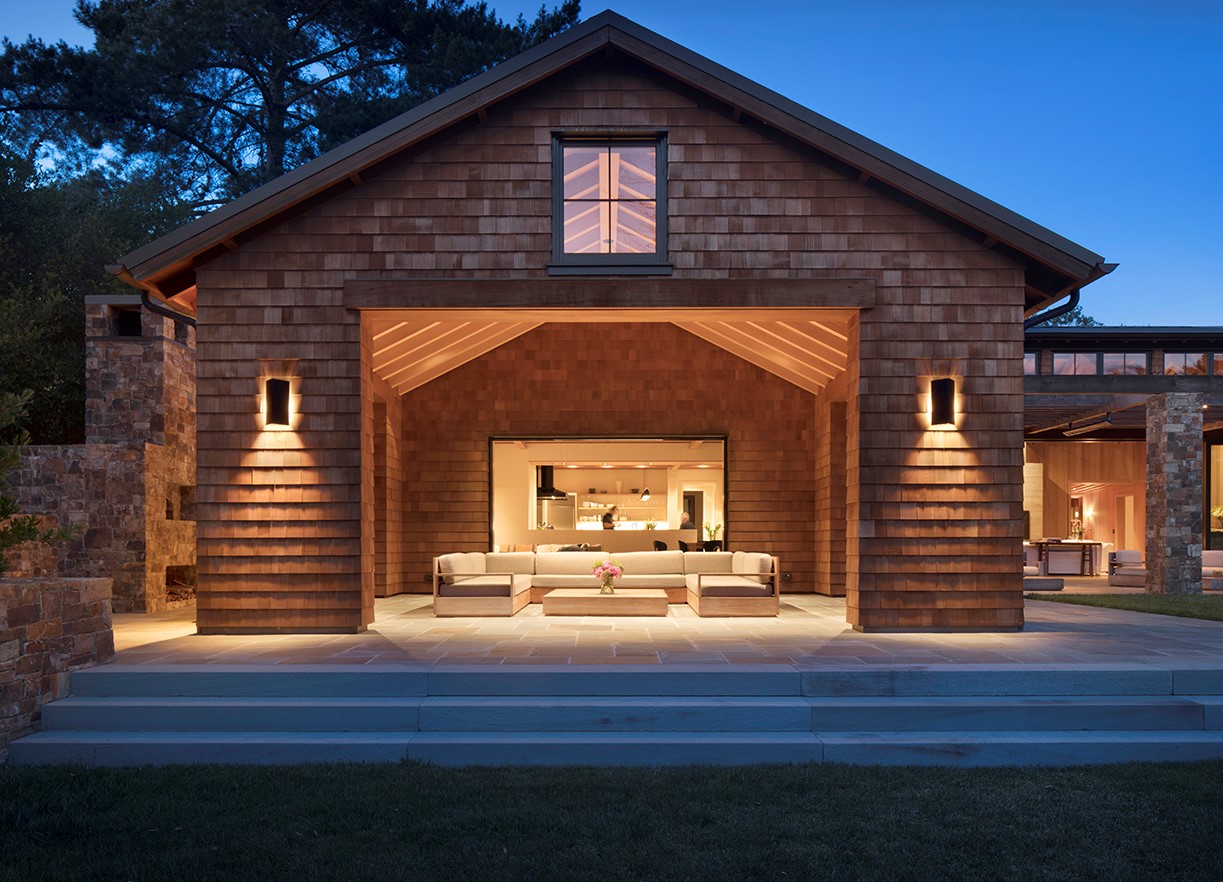With a ringing endorsement from Sir Terence Conran (“full of great ideas and inspiration for contemporary living”) “Warehouse Home” by Sophie Bush is a book that looks extensively into the global phenomenon of living in lofts that began in the 1970s. Architects + Artisans recently interviewed the London-based author via email:
Your background?
I have always been inspired by architecture and interior design and I have always worked in magazine publishing. I worked for Condé Nast in London for many years – where I launched a travel guide and later a consulting business for WIRED magazine. But it was the purchase of my home in a listed warehouse conversion in east London that offered me the opportunity to pursue my passion for interior decor and architecture. Sourcing furniture and lighting to suit my home’s original features, I had realized that the industrial aesthetic was absolutely everywhere…and yet there wasn’t a single premium media brand catering specifically to New York style loft living and that distinctive warehouse look. Knowing I had spotted a gap in the market, I left WIRED in 2014 and launched Warehouse Home.
Warehouse Home is an independent media brand with an international audience. We publish a print and digital interior design magazine (now read in over 100 countries), run a popular website and new online shop, and we’ve just published the debut Warehouse Home book with Thames & Hudson.
The intent of this new book? Its inspiration?
Warehouse Home magazine shares decorative inspiration and trend updates for the home – whether you live in a converted industrial building or simply love that look. The debut Warehouse Home book celebrates the most remarkable homes around the world in former industrial buildings. From cement factories and print works to old granaries and spice warehouses, from San Francisco to Sydney, Barcelona to Hong Kong, we’ve gathered together truly original homes where the buildings’ original features have been preserved and celebrated. Every property is truly unique. We wanted to demonstrate the distinctive design potential of these properties and offer inspiration to architects, interior designers and homeowners alike.
The challenges of pulling it together?
Our greatest challenge in compiling the Warehouse Home book was curating the huge volume of materials sent to us by architects and designers worldwide. We were spoiled for choice!
In terms of the book’s design, we really enjoyed the opportunity to adapt Warehouse Home magazine’s distinctive design language for a new outlet. Many of the line details, the fonts etc are carried over from the magazine – but we’ve also added new elements that are unique to the book, such as hand-drawn illustrations.
Its target market?
The Warehouse Home book will appeal to anyone who lives in, or has always dreamt of living in, a warehouse conversion or loft. But it’s also already proving to be just as popular with readers who are seeking elements of that industrial aesthetic – a look that can be readily adapted to any home and interior scheme.
Why is warehouse living so popular now?
More and more industrial and commercial buildings are being converted for residential use. These conversions really appeal to urban professionals and families alike – not least because they often offer open-plan living, high ceilings and large warehouse windows, with plenty of natural light. These aren’t ‘cookie cutter’ homes – every property is unique and offers original features that can’t be found in a modern build. Architecturally interesting, they also offer a sense of heritage and evoke a sense of a bygone era of industry and craftsmanship.
What kinds of rules for interior design apply?
The great thing about living in a former industrial building is that there are no rules. These are not standard homes. Exposed brickwork, concrete, columns, beams, high ceilings, warehouse windows…all of these original features offer an exciting challenge for interior designers and homeowners. A minimalist, monochromatic scheme can be particularly striking in an industrial setting, but bold colors and the clever combination of different materials can also be highly effective against raw original features.
How does an industrial heritage blend with contemporary living?
For me, it’s important to honor the heritage of these iconic industrial buildings. But that doesn’t always have to mean sourcing vintage and industrial designs; contemporary pieces can work equally well and a combination of old and new is usually even more effective. In Warehouse Home magazine, we showcase a wide variety of ways in which to marry industrial heritage with contemporary trends – with modern pieces crafted from materials like plywood and concrete.
For more, go here.
[slideshow id=1797]


